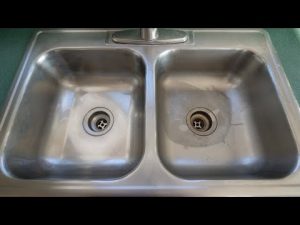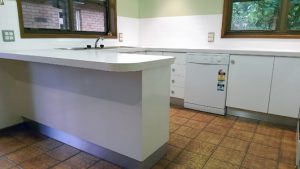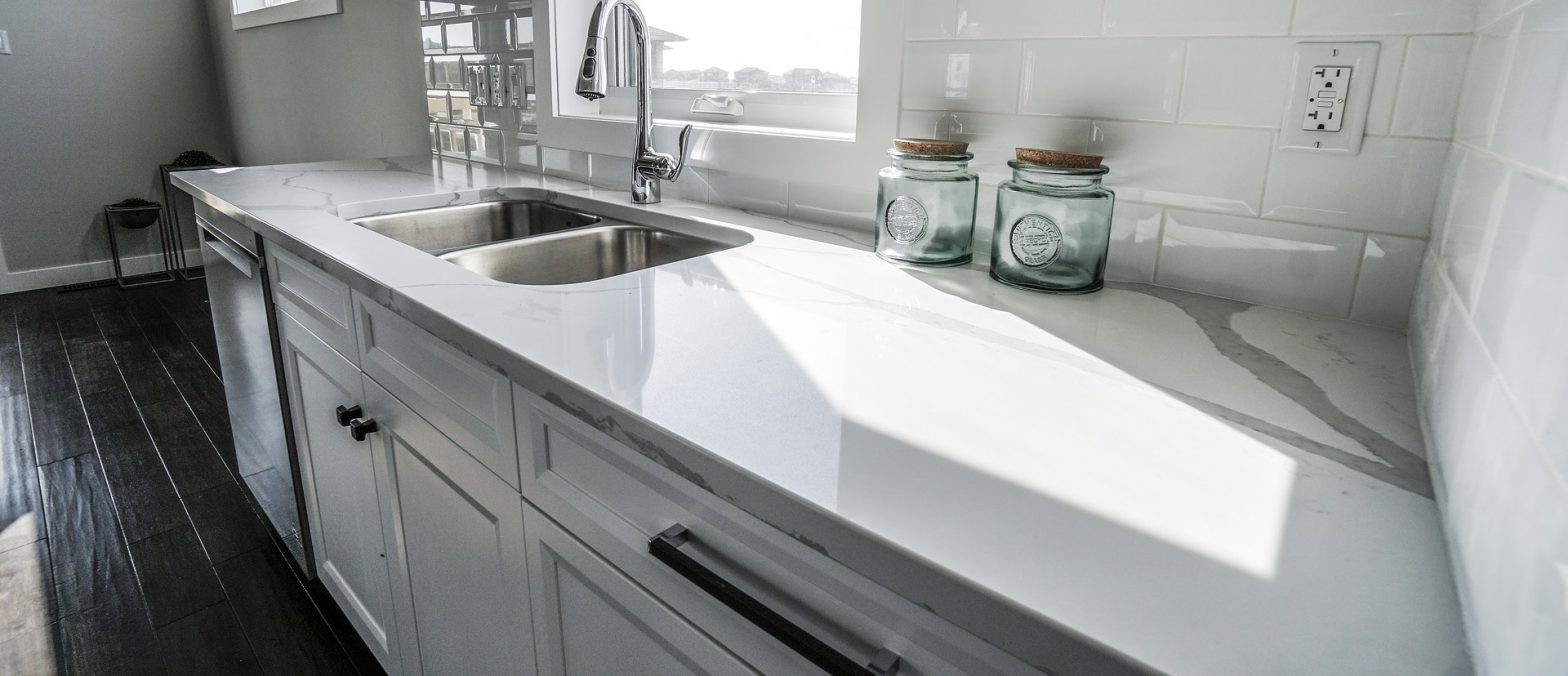Can Kitchen Sinks be Resurfaced?
Understanding Kitchen Sink Resurfacing: A Comprehensive Guide
In the realm of home improvement, the kitchen stands as the heart of the house, and the sink, an essential component. Over time, however, sinks can lose their luster due to scratches, stains, and general wear and tear. Homeowners often find themselves wondering whether it’s possible to breathe new life into their kitchen sink without the cost and hassle of a complete replacement. The answer lies in kitchen sink resurfacing, a process that can transform your worn-out sink into a sparkling centerpiece. Let’s dive into the details. Can kitchen sinks be resurfaced?

What is Kitchen Sink Resurfacing?
Kitchen sink resurfacing, also known as refinishing or reglazing, is a cost-effective alternative to replacing a worn or outdated sink. This process involves applying a new surface coating to the existing sink, providing a fresh and durable finish. The goal is to revitalize the appearance of the sink without the need for a full replacement, saving homeowners time and money.
Types of Kitchen Sink Materials Suitable for Resurfacing
Not all kitchen sink materials are created equal, and the suitability for resurfacing varies. Here are some common sink materials that can typically undergo the resurfacing process:
1. Porcelain Sinks
Porcelain sinks are a popular choice in many kitchens due to their classic look and durability. Resurfacing a porcelain sink involves cleaning and applying a specialized coating that restores its glossy finish, making it look as good as new.
2. Acrylic Sinks
Acrylic sinks are lightweight and come in various shapes and sizes. Resurfacing can be an excellent option for acrylic sinks, helping to remove scratches and stains while providing a fresh, uniform appearance.
3. Fiberglass Sinks
Fiberglass sinks, known for their affordability, can also benefit from resurfacing. The process involves repairing any damage, applying a new gel coat, and polishing to achieve a smooth and attractive finish.
The Kitchen Sink Resurfacing Process

1. Surface Preparation
The success of kitchen sink resurfacing hinges on meticulous surface preparation. This step involves cleaning the sink thoroughly to remove any grease, soap scum, or mineral deposits. The goal is to create a clean and smooth surface for the new coating to adhere to.
2. Repairs and Patching
Before applying the new coating, any chips, cracks, or dents in the sink must be repaired. Professional resurfacing services often include a thorough inspection and necessary repairs to ensure a seamless final result.
3. Application of the New Coating
The resurfacing technician applies a specialized coating to the sink, creating a fresh and durable surface. This coating is designed to withstand the rigors of daily kitchen use, providing a protective layer that enhances the sink’s longevity. https://sydneyhomesandrenovations.com.au/kitchen-renovations-hills-district/
4. Curing and Drying
After the coating is applied, the sink needs time to cure and dry properly. This phase is crucial to ensure the longevity and effectiveness of the resurfacing job. Homeowners should follow any specific care instructions provided by the resurfacing professional.
Benefits of Kitchen Sink Resurfacing
1. Cost-Effective Solution
One of the primary advantages of resurfacing is its cost-effectiveness compared to a full sink replacement. Homeowners can save a significant amount of money while still achieving a refreshed and updated look for their kitchen.
2. Time Efficiency
Resurfacing is a quicker process than replacing a sink. While a sink replacement may involve plumbing adjustments and additional construction work, resurfacing can typically be completed in a day or two, minimizing disruption in the kitchen.
3. Eco-Friendly Option
Choosing resurfacing over replacement contributes to environmental sustainability by reducing the amount of waste generated from discarded sinks. Extending the lifespan of existing kitchen fixtures aligns with a more eco-friendly approach to home improvement.
Considerations Before Opting for Resurfacing
1. Condition of the Sink
While resurfacing is a viable option for many sinks, it may not be suitable for severely damaged or corroded ones. Before deciding on resurfacing, assess the overall condition of the sink to ensure that it can undergo the process successfully.
2. Professional vs. DIY
While there are DIY resurfacing kits available, achieving a professional finish often requires the expertise of trained technicians. Professional resurfacing services come with warranties and ensure a high-quality, long-lasting result.
3. Long-Term Maintenance
Understanding the long-term maintenance requirements of a resurfaced sink is essential. Following proper care instructions and avoiding abrasive cleaners will help maintain the integrity of the new coating for years to come.
Conclusion: Transforming Your Kitchen Sink
In conclusion, kitchen sink resurfacing offers a practical and budget-friendly solution for homeowners looking to breathe new life into their kitchen without the hassle of a full sink replacement. By understanding the resurfacing process, the types of sinks suitable for this treatment, and the associated benefits, homeowners can make informed decisions about revitalizing their kitchen’s focal point. Whether you have a porcelain, acrylic, or fiberglass sink, resurfacing provides an opportunity

